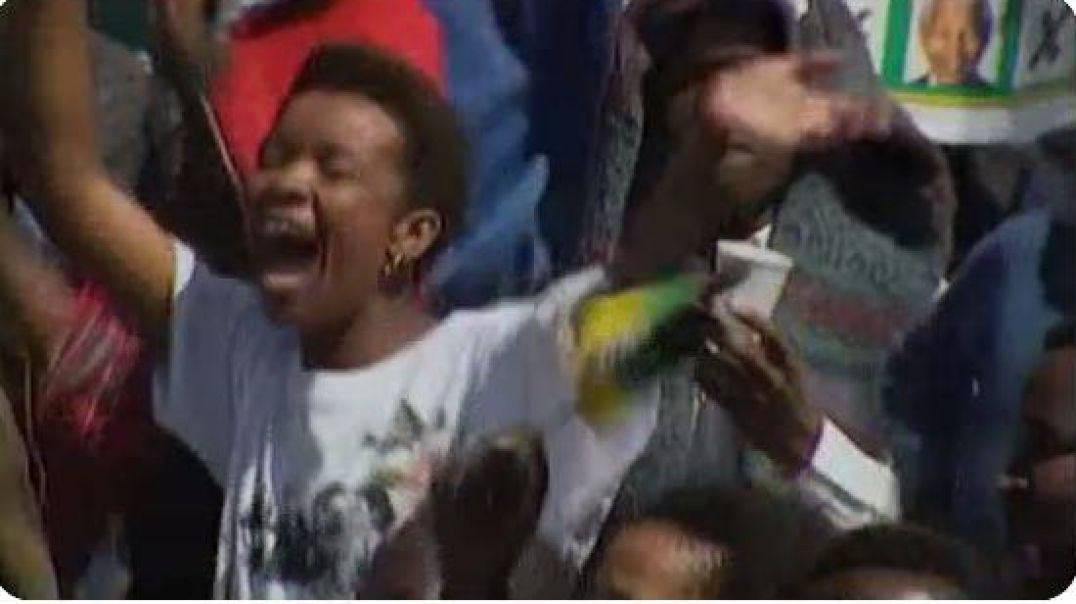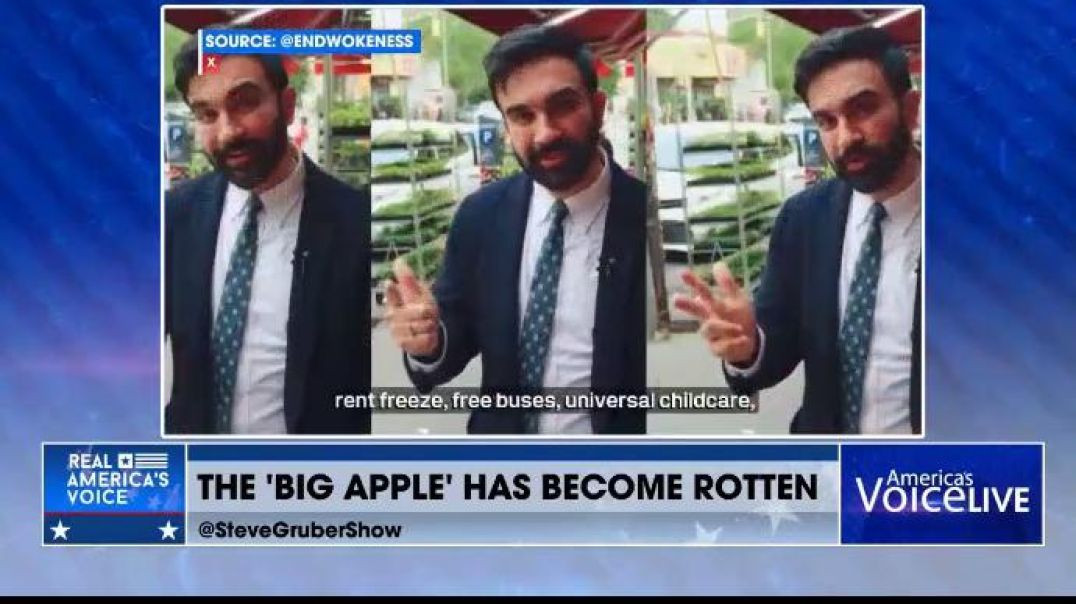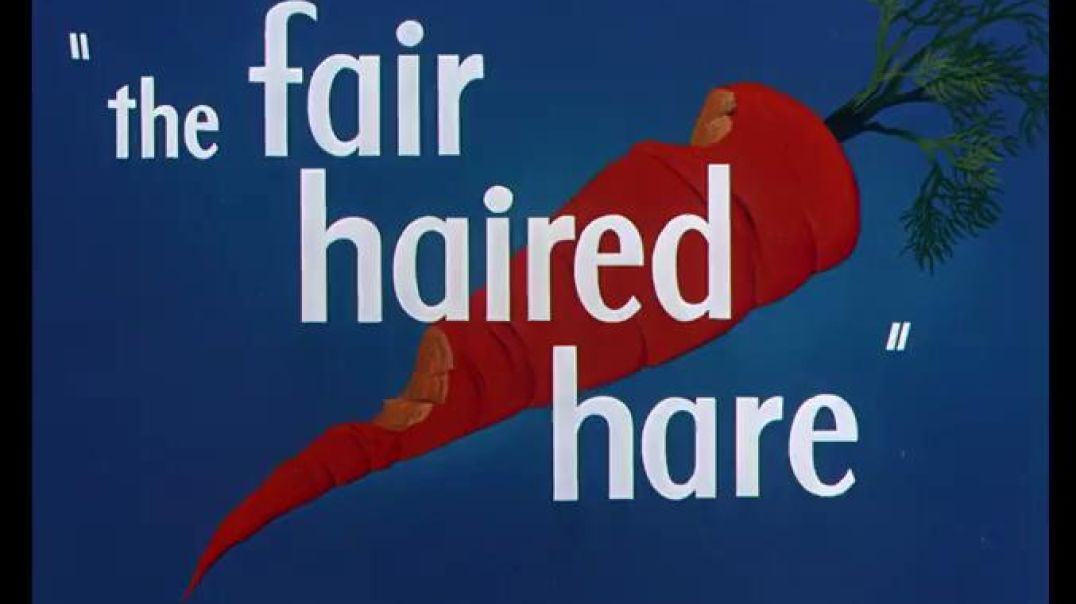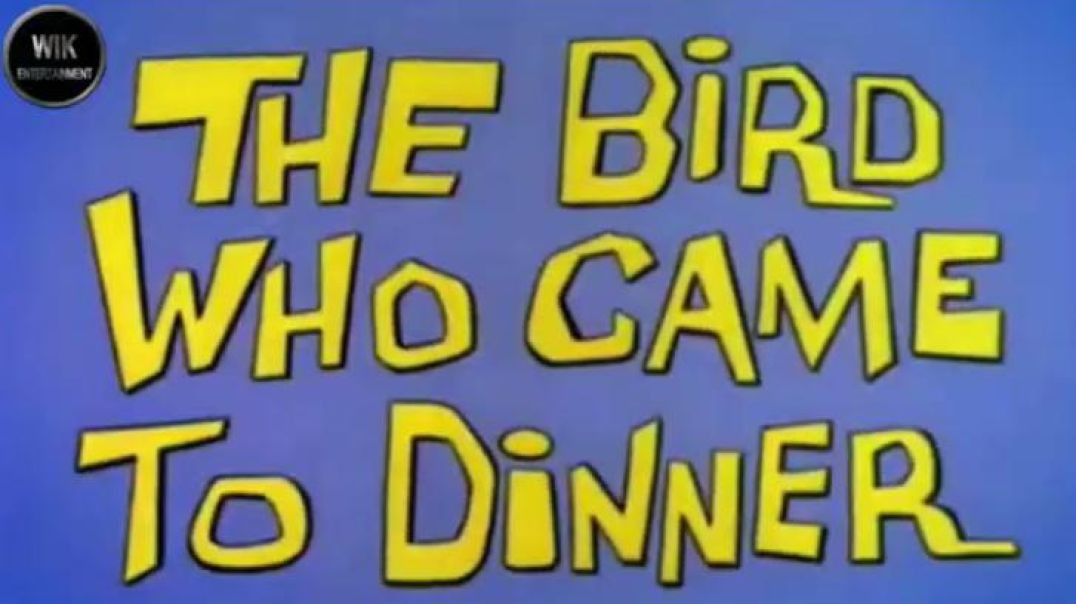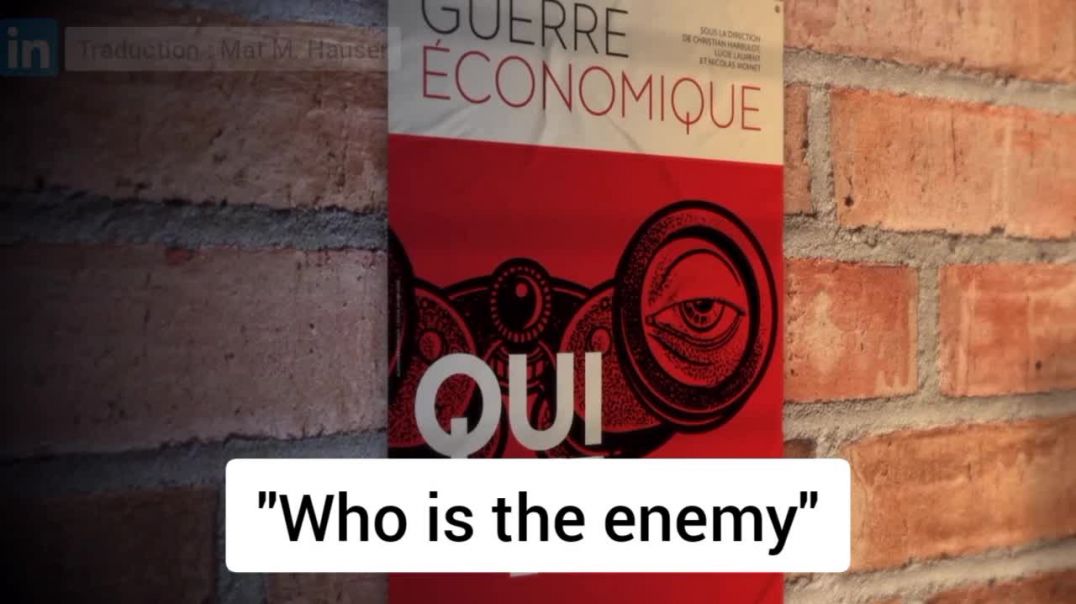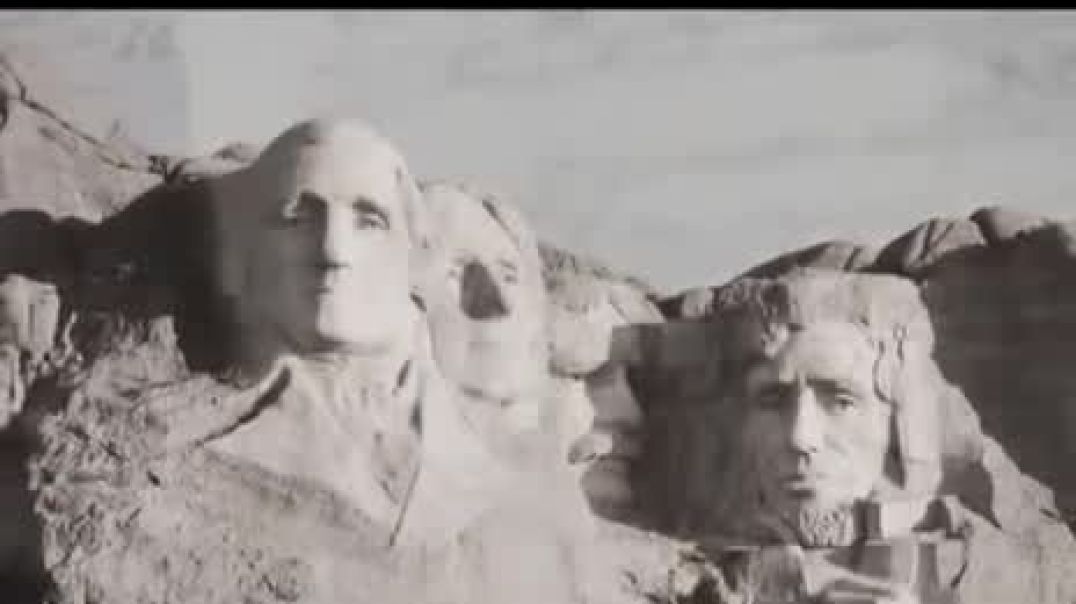Top videos
Does Israel have a death wish for all of us ,and will its inevitable fall take down America? - Part 1
Tucker: Last week, the New York Times began working on a story about where my family and I live. #FoxNews #Tucker
Subscribe to Fox News! https://bit.ly/2vBUvAS
Watch more Fox News Video: http://video.foxnews.com
Watch Fox News Channel Live: http://www.foxnewsgo.com/
FOX News Channel (FNC) is a 24-hour all-encompassing news service delivering breaking news as well as political and business news. The number one network in cable, FNC has been the most-watched television news channel for 18 consecutive years. According to a 2020 Brand Keys Consumer Loyalty Engagement Index report, FOX News is the top brand in the country for morning and evening news coverage. A 2019 Suffolk University poll named FOX News as the most trusted source for television news or commentary, while a 2019 Brand Keys Emotion Engagement Analysis survey found that FOX News was the most trusted cable news brand. A 2017 Gallup/Knight Foundation survey also found that among Americans who could name an objective news source, FOX News was the top-cited outlet. Owned by FOX Corporation, FNC is available in nearly 90 million homes and dominates the cable news landscape, routinely notching the top ten programs in the genre.
Watch full episodes of your favorite shows
The Five: http://video.foxnews.com/playlist/longform-the-five/
Special Report with Bret Baier: http://video.foxnews.com/playlist/longform-special-report/
The Story with Martha Maccallum: http://video.foxnews.com/playlist/longform-the-story-with-martha-maccallum/
Tucker Carlson Tonight: http://video.foxnews.com/playlist/longform-tucker-carlson-tonight/
Hannity: http://video.foxnews.com/playlist/longform-hannity/
The Ingraham Angle: http://video.foxnews.com/playlist/longform-the-ingraham-angle/
Fox News @ Night: http://video.foxnews.com/playlist/longform-fox-news-night/
Follow Fox News on Facebook: https://www.facebook.com/FoxNews/
Follow Fox News on Twitter: https://twitter.com/FoxNews/
Follow Fox News on Instagram: https://www.instagram.com/foxnews/om/
McIntyre Report Political Talk Show
Episode 191
US Elections – Massive Trump Victory. What will it mean? – Part 3
This year’s Axel Springer award honors Elon Musk. Through his inventive and innovative spirit, Elon has revolutionized several industries, from electric vehicles and battery storage to space travel. Elon will accept the award on December 1, 2020, at the Axel Springer headquarters in Berlin. The theme of the evening is “An Evening for Elon Musk – Mission to Mars.” More at https://axel-springer-award.com
The Mavericks Project Introduction
SUDAFRICA TOOK THE PATHS TO SOCIALISM AND NOW IT IS DYING AFTER IT WAS A HIGHLY DEVELOPED COUNTRY.
IN NEW YORK, WINNING THE DEMOCRAT PARTY PRIMARIES IS LIKE ALREADY WINNING THE GENERAL ELECTIONS. NEW YORK COULD BECOME "VENEZUELA ON THE HUDSON".
Free Speech Summit & Independent Media Awards, 2025
CLASSIC CARTOONS
CLASSIC CARTOONS
Alastair Crooke says Big Donors STOPPED Trump’s Efforts to Normalise Relations with Russia, and Expl
Alastair Crooke says Big Donors STOPPED Trump’s Efforts to Normalise Relations with Russia, and Explains how Donald Trump was BOUGHT by Sheldon and Miriam Adelson, and the Israel lobby
‘Sheldon Adelson saved Trump. In the 80s and 90s the whole Trump empire was collapsing because the Atlantic Trump Casino was in financial difficulties, but the structure of his company meant that he would lose all his properties.
And it was Sheldon Adelson who put together some like-minded pro-Israeli billionaires that saved him.
So he owed everything, if you like, to that group of Israeli billionaires. They saved him, and he’s been repaying them in kind ever since.’
-Alastair Crooke, the former Middle East Advisor to the EU Foreign Policy Chief, on the latest episode of Going Underground
Source: https://rumble.com/v71cvjs-ala....stair-crooke-russias
CLASSIC CARTOONS
‘Unless you have nations willing to stand up, to be strong, to be forthright about their own interests and to be unwilling to kowtow to demands from Chinese leadership, we will continue to find this kind of escalating behaviour.’
Distinguished Fellow of the Menzies Research Centre Amanda Stoker joins Fred Pawle.
Watch ‘Fred Pawle’ 9pm Monday on ADH TV: https://watch.adh.tv/
____________________
📖 Read more from ADH TV here: https://adh.tv/
💬 Join in the conversation in the comments.
👍 Like this video if you enjoyed it and want to see more, it really helps us out
🔔 Subscribe to our channel and click the bell to watch our videos first
⏲️ Missed this episode live? Subscribe to ADH TV to be up to date with all our events:
https://watch.adh.tv/checkout/subscribe/signup
🎤 Have your say and contact Alan Jones on alanjones@adh.tv
____________________
Australia's Leading Voice. News and analysis from experienced broadcasters with insightful interviews. Join the debate on the future direction of the country.
Check out ADH TV at - https://adh.tv
Subscribe to the ADH TV mailing list- https://adh.tv/subscribe/
Join ADH TV as a member for free at - https://watch.adh.tv/checkout/subscribe/signup
Follow ADH TV on Socials
Twitter: https://twitter.com/adhtvaus Facebook: http://facebook.com/adhtvaus Instagram: http://instagram.com/adh_tv Spotify: https://open.spotify.com/show/....44ISFXCYFB6zbvOTAjok
The French intelligence community names the USA as France's main enemy!
In a report entitled "Who is the enemy?" published this week, the US / UK are described as having set up a "war machine" aimed at undermining the French interests for the benefit of the United States.
Examples are given as the attacks against Alstom, Naval Group or against french cinema.
The file also mentions China/Russia but as a secondary problem compared to the US threat.
Moreover, the video published with the report is also evocative: France appears plunged in the energy crisis while Schwab and Macron (with a US "Young Leaders" pin) say "everything is fine".
This 100-page report was published by a university called the Economic Warfare School, which is known for being close to the intelligence community, and for training counter-intelligence executives working in large French companies.
There are still people among the French elite who are seeing that the US is the greatest enemy of multipolarity and thus of France
Great pick-up by Rowan Dean on Outsiders.
There already is an Aboriginal bureaucracy called the National Indigenous Australians Agency.
If that’s not a voice for Aborigines, then I don’t know what is. This makes you wonder why Albanese is holding a referendum.
It comes with a hefty price tag as well. As per page 121 of the annual report below, $1.891 billion is appropriated by it including $364 million on wages.
Transform Your Fortunes with AI, The Trader that Never Sleeps
‘Died as a Result of the Actions of Traitors to Russia’: Wagner Boss Confirmed Dead
Russia’s Aviation Author has confirmed Wagner Group boss Yevgeny Prigozhin was on board the plane that crashed.
Mr Prigozhin led a mutiny against Putin’s rule three months ago.
The Wagner Group wrote on its Telegram channel that Prigozhin “died as a result of the actions of traitors to Russia”.
BRICS Summit Adds New Members and the Maui Fires Seem Suss? - Part 3
Google Workers Accuse Company Of Hate And Abuse Targeting Palestine Supporters
Some Muslim staff at Google have described the company’s reaction to their outspoken support for Palestine as ‘hate, abuse and retaliation', saying that they are under mounting workplace pressure over their stance on the Israel-Gaza conflict.
RT’s Saskia Taylor examines the issue.
American History You Were Never Taught





